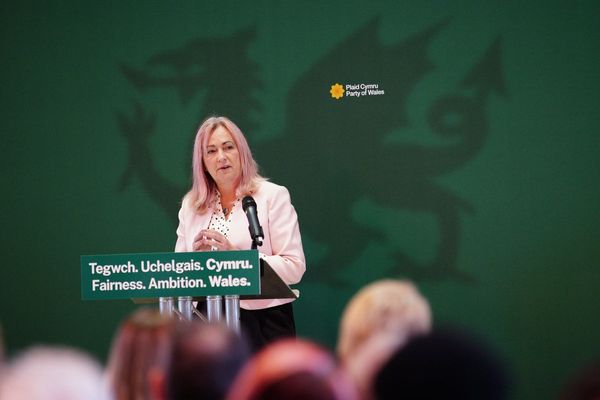
The streets are quiet. The beaches are inaccessible. Theatres, museums, schools, gyms and libraries are shut. Hong Kong is going round in circles, closing down and opening up just a little bit, in an endless loop that has everybody feeling claustrophobic. For more than two years, the city’s success in dealing with the Covid-19 pandemic relied not on vaccinations, but almost entirely on keeping the virus out, and making it hard for people to get together in large groups. Now the virus has breached the defences – and we’re paying the price.
At the beginning of the pandemic, Hong Kong’s biggest political upheaval in decades was still under way, with daily protests, at times violent, and countless arrests. The health crisis allowed for the imposition of emergency measures that kept the virus at bay – along with crowds of people. For most of the past two years, no more than four people could meet up in public; now that number is two. It has been difficult to disentangle the measures taken to prevent illness from those taken to prevent political protests – and this mix has bred a toxic mistrust.
Still, the restrictions contained the virus. Living in Hong Kong felt a bit like being in a strange bubble. Leaving the city was not easy – the former transportation hub is still far behind pre-pandemic flight levels, and an airline that comes bearing Covid-positive passengers can be banned for a fortnight. Travellers languish in quarantine hotels (it used to be three weeks, now it has been shortened to two) adding considerable costs to anyone who would like a holiday or to visit friends and family abroad. Going across the border to mainland China is not easy, either, as the crossing still has not been reopened. So-called “ambush lockdowns” happen regularly, when all of a sudden entire residential blocks are cut off and reopened only when everyone inside has been tested.
All of this was the price to pay in pursuit of “zero Covid”. It was tough, but the numbers were kept low. The absence of an exit strategy, however, has made the economic cost painfully high, with businesses going under and one-way departures from the city becoming a heartbreaking norm.
Many have left to escape from the political stagnation in which Hong Kong now finds itself, in particular after the national security law (NSL) was imposed by Beijing in June 2020. This introduced vaguely defined crimes of secession, subversion, terrorism and foreign collusion, which have caused much concern. It has led to the closing down of many local and international NGOs, the disbanding of a major trade union and a chilling effect on news organisations. When disaster struck in the form of thousands of new Covid cases every day, Hong Kong simply no longer had the various communication channels that unions, independent media and grassroots-level councillors could provide. This has meant that in a moment of crisis the Hong Kong government could only rely on its own, not always trusted, channels to communicate new anti-pandemic measures, explain the need for vaccinations and help those who found it hard to navigate the emergency. (Many local politicians have been disqualified from standing for office, while 47 of the most prominent opposition figures find themselves awaiting trail for alleged crimes relating to the NSL.)
Eventually, the virus made its way into the city through community infection – strict anti-Covid measures were never going to be impenetrable for ever – allowing the more contagious Omicron variant a foothold. And so, a population that had felt very little need to vaccinate itself in the absence of local cases was hit as strongly as the rest of the world was two years ago. By way of comparison, New Zealand, which also attempted a zero-Covid strategy, has a 2% unvaccinated rate among the over-80s; in Hong Kong, when this latest wave hit, 66% of over-80s had not been vaccinated. There are relatively low levels of immunity from previous infection among the population, and sub-par official messaging has meant that vaccine hesitancy has not been seriously addressed.
In less than two months, Hong Kong has run out of coffins and space in the morgue. Pictures of sick elderly patients on hospital beds outdoors – and of body bags piling up next to patients in a chaotic hospital ward – have shocked the population. In recent days Hong Kong has had the highest mortality rate since the beginning of the pandemic anywhere in the world. What’s more, there are fewer and fewer people left to ask the authorities hard questions – accountability has never felt further out of reach.
The way forward is still unclear. And all this at a time when Hong Kong is supposed to be preparing for the festivities around the 25th anniversary of its handover to China on 1 July – festivities that will, of course, be free of those pesky pro-democracy protesters.
• Ilaria Maria Sala is a writer and journalist based in Hong Kong







